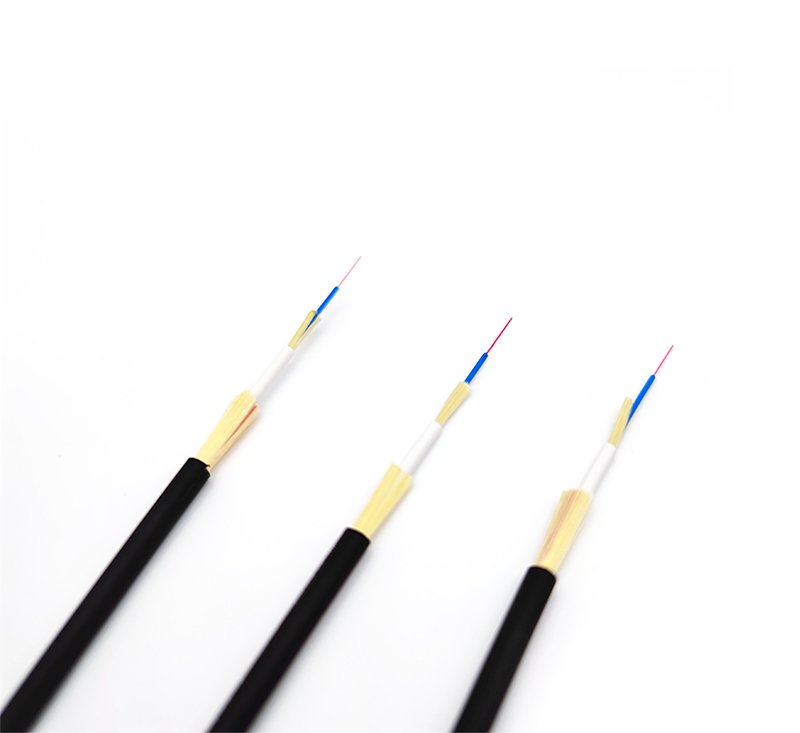As a transmission medium of integrated wiring system engineering, optical cable has a wider range of applications and continuously meets people's needs for information and communication networks. Due to the special indoor environment, the indoor optical cable must meet the requirements of toxicity, corrosiveness and low smoke level in the standard while maintaining very good flame retardancy, mechanical properties and light transmission properties. So how does optical cable meet the needs of indoor integrated wiring?

In the integrated wiring system, the floor-to-floor lifting of the optical cable in the vertical system, the narrow space application of the communication cabinet in the horizontal system, the application of optical fiber to the desktop, and the communication application that passes through the high-pressure air-filled space all put forward different requirements for indoor optical cables. Therefore, it is necessary to be extremely cautious in the selection of indoor optical cables.
At present, most of the indoor optical cables use tight-buffered optical fibers or single-core cables as the basic unit, aramid yarn reinforced, and flexible optical cables with flame-retardant or non-flammable sheaths. Its advantage is that the tight sleeve is integrated with the optical fiber to provide good mechanical protection, so that the optical fiber shows good compression and bending resistance during termination; good flexibility and toughness, small bending radius; very good Good environmental protection improves the service life of the optical fiber.
The tight-buffered optical fiber also has excellent moisture resistance; the tight-buffered buffer layer is easily stripped to the fiber core; it is compatible with all standard types of connectors; it simplifies the termination procedure and reduces the cost of termination. The tight-buffered fiber design and flame-retardant or non-flammable jacket make the indoor cable fully compatible with indoor safety applications. Therefore, indoor optical cables with tight-buffered optical fiber design are generally used in indoor high-performance communication transmission applications.
When conducting integrated wiring, we generally use two types of optical cables: vertical lift optical cables and rodent-proof optical cables. The vertical lift optical cable is to provide the connection between the entrance equipment, equipment room or computer room and communication cabinets on different floors after the optical cable enters the building, which is called "vertical wiring system". At this time, the optical cables are mostly located in the vertical pipes of the shafts between floors. For this reason, the optical cable needs to withstand greater tensile force; mouse-proof optical cable: single-core or multi-core tight-buffered optical fiber cable protected by stainless steel hose, which has strong lateral pressure resistance, bending resistance, tensile strength High, excellent anti-rodent performance. It can be used in situations where trampling occurs, such as under carpets or where limited space requires frequent bending or rodent infestation.










